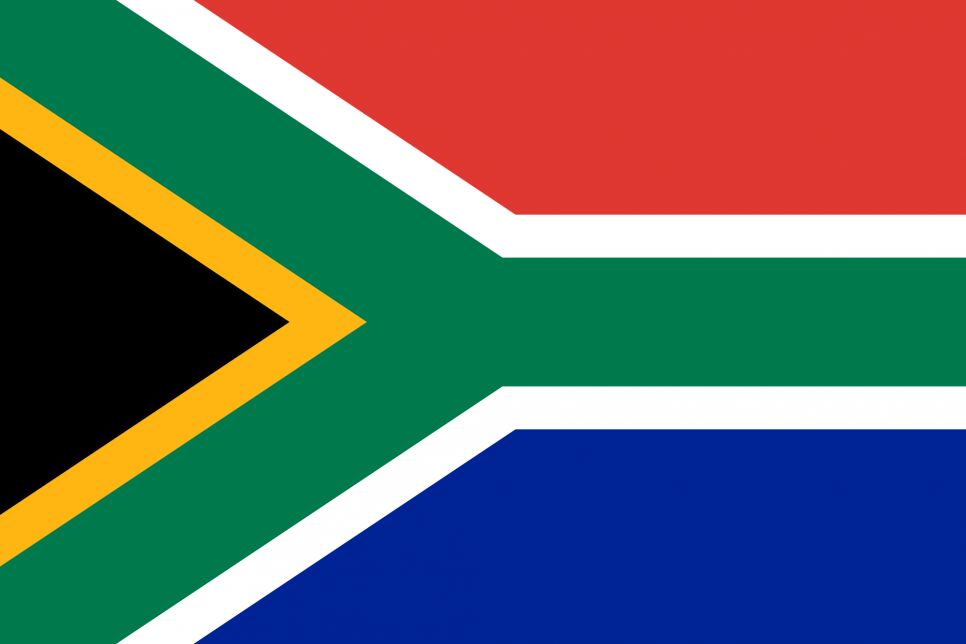South Africa 
Operational Context
South Africa has ratified a range of international and regional legal instruments which provide a strong legal basis to address childhood statelessness. In addition, the Constitution of South Africa and the South African Citizenship Act protect the right of every child to a name and nationality at birth. Nevertheless, the country is yet to accede to the UN Statelessness Conventions.
Though obtaining a birth certificate is an essential requirement for accessing South African citizenship, there are substantial barriers to birth registration. Procedural obstacles include the need for parents to have valid identity documents, the required presence and consent of both parents and also the high costs associated with some requirements for registration, such as DNA testing. In addition, inconsistent or unclear procedures within and between government departments, inconsistent application of laws and procedures and lack of knowledge, ability and willingness of key service providers to navigate the complex legal and procedural processes involved, all create risks for childhood statelessness.
Unaccompanied and separated migrant children, abandoned children and undocumented orphans, who come from a variety of different countries, are at high risk of statelessness due to the lack of effective safeguards in nationality laws. In 2016, UNHCR estimated that up to 10,000 people were stateless in South Africa. UNICEF estimates that there are 3.7 million orphaned children in South Africa and according to the South Africa’s Department of Social Development, over 2000 children are abandoned yearly.
Strategy Objectives
1. Promoting law reform, and its implementation, to ensure safeguards in nationality laws to prevent statelessness among children.
Goal 1. The relevant South African legislation related to nationality is reformed to fully protect the individual human right to a nationality and possible causes of statelessness are addressed.
Goal 2: South Africa accedes to the 1954 and 1961 Statelessness Conventions.
Goal 3. Children who are stateless or at risk of statelessness have access to legal assistance and legal remedies.
2. Improving birth registration coverage, especially amongst vulnerable populations, to prevent statelessness.
Goal 1. Policy and/or procedural reforms enacted and implemented by the Department of Home Affairs and other government authorities to increase access to birth registration for all children.
3. Improving the protection of stateless children in key areas such as access to education and healthcare.
Goal 1. Stateless children and children at risk of statelessness can access protection and basic services including education and healthcare without discrimination.
